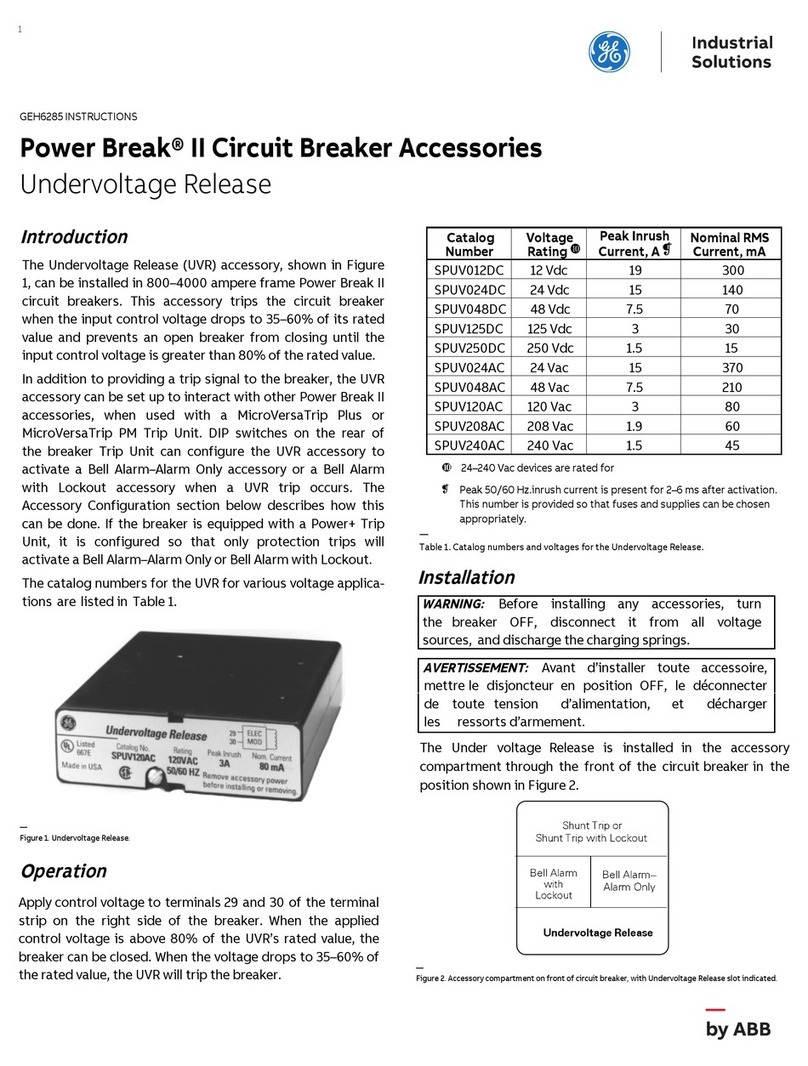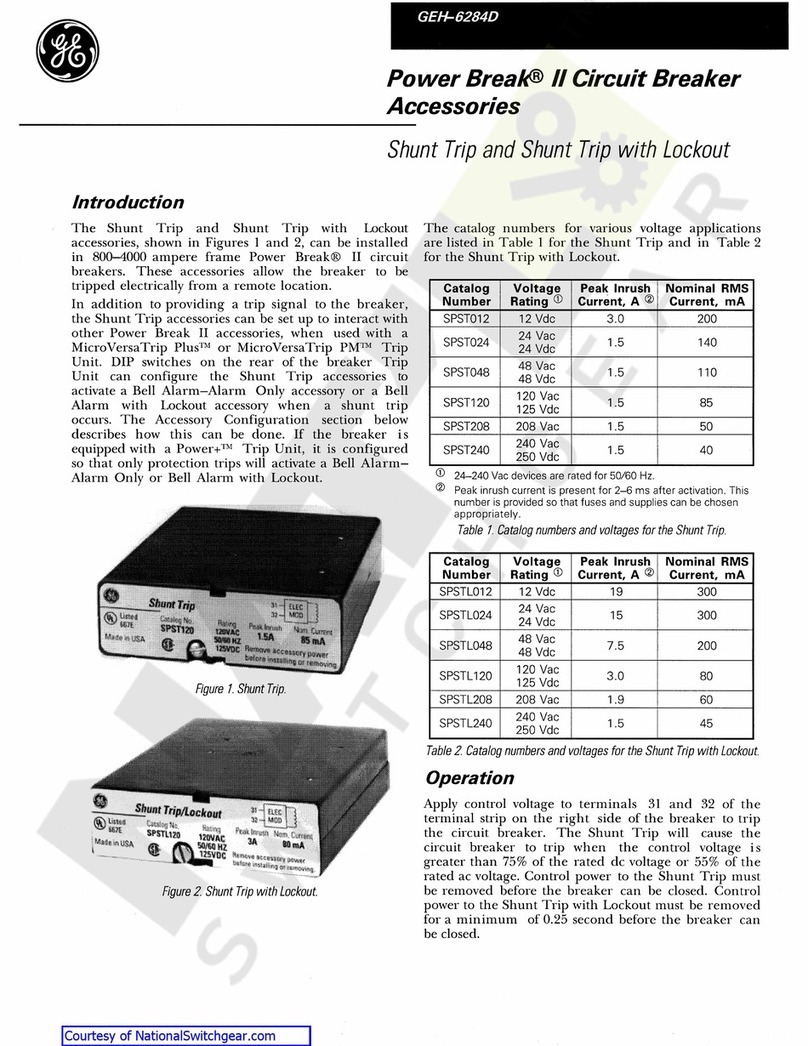GE AKR-3-50 User manual
Other GE Circuit Breaker manuals

GE
GE GL 310 F1/4031 P/VR User manual
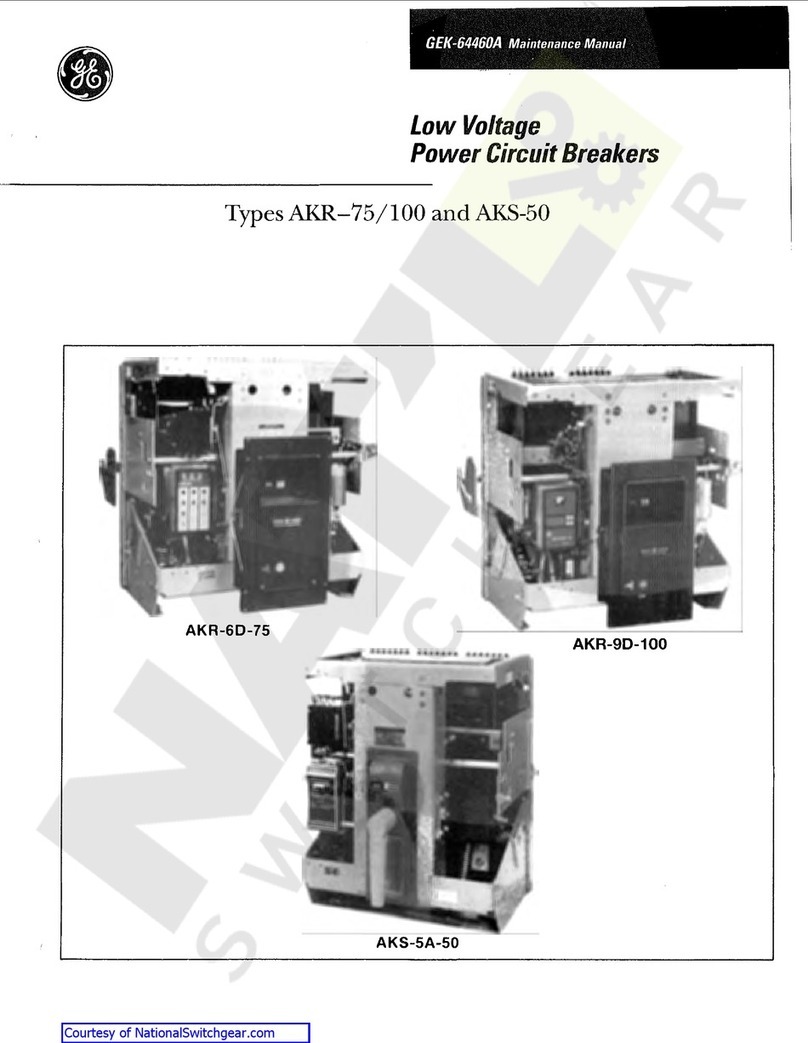
GE
GE MicroVersaTrip AKR-75 User manual
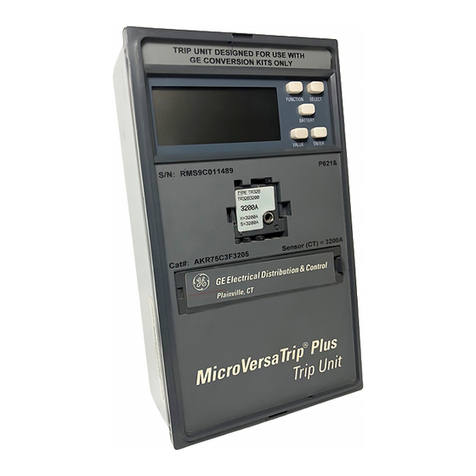
GE
GE MicroVersaTrip Plus Series User manual
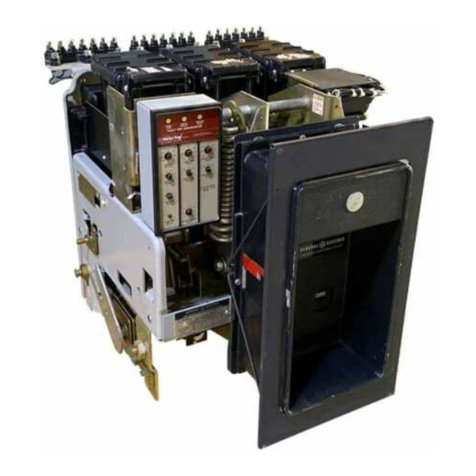
GE
GE AKR-30 Series User manual
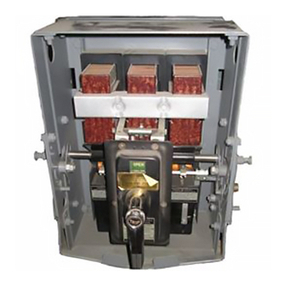
GE
GE AK-1-15 Series User manual
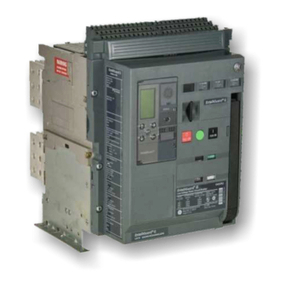
GE
GE EntelliGuard G User manual
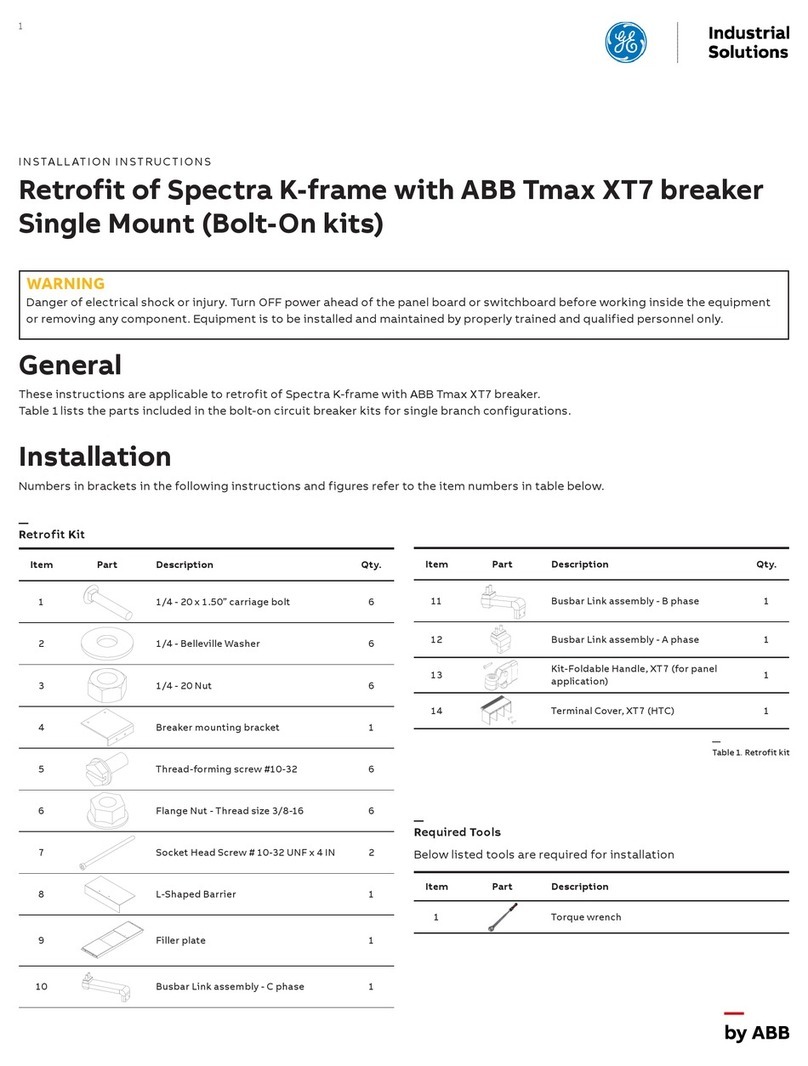
GE
GE Spectra K-frame User manual
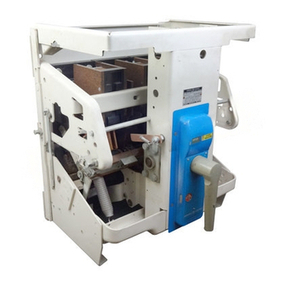
GE
GE AK-2-15 User manual

GE
GE MicroVersaTrip AKR-75 User manual
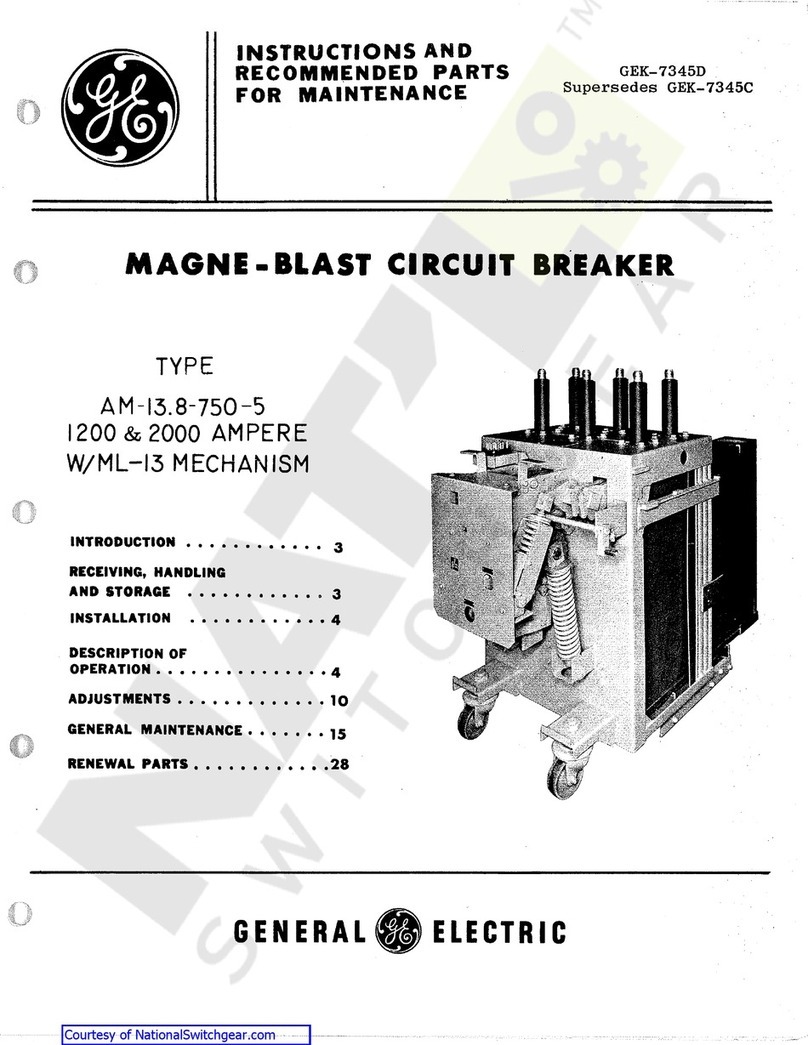
GE
GE AM-13.8-750-5 User manual
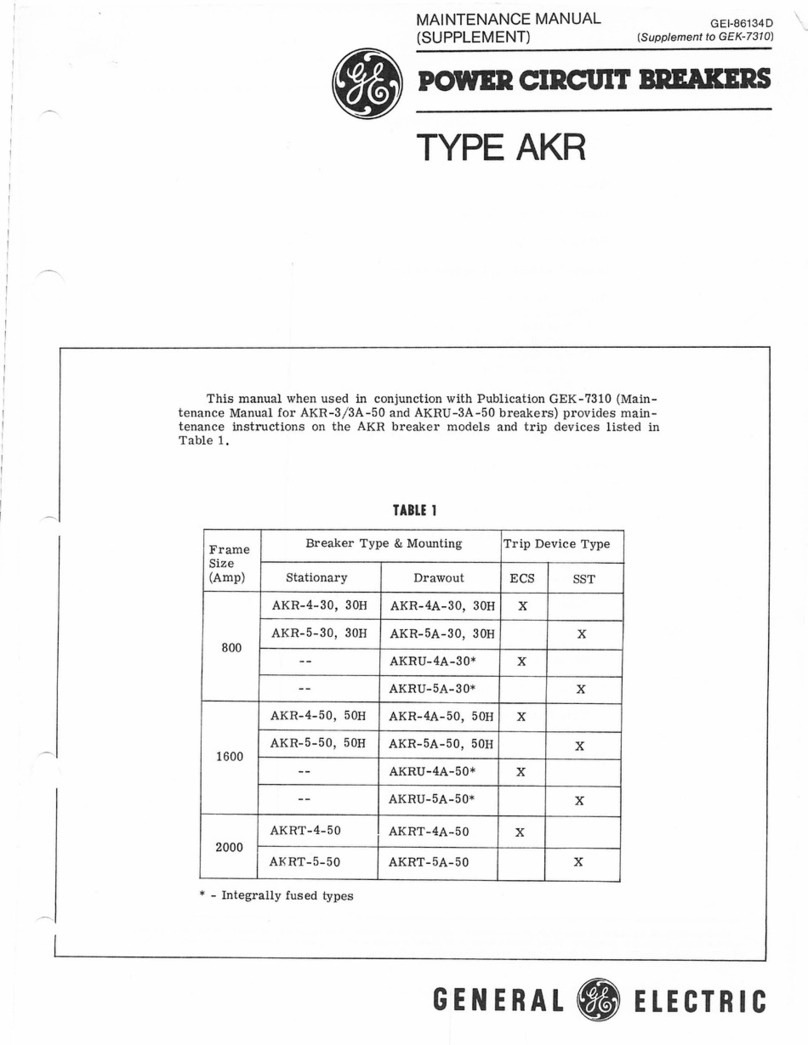
GE
GE AKR Series Configuration guide
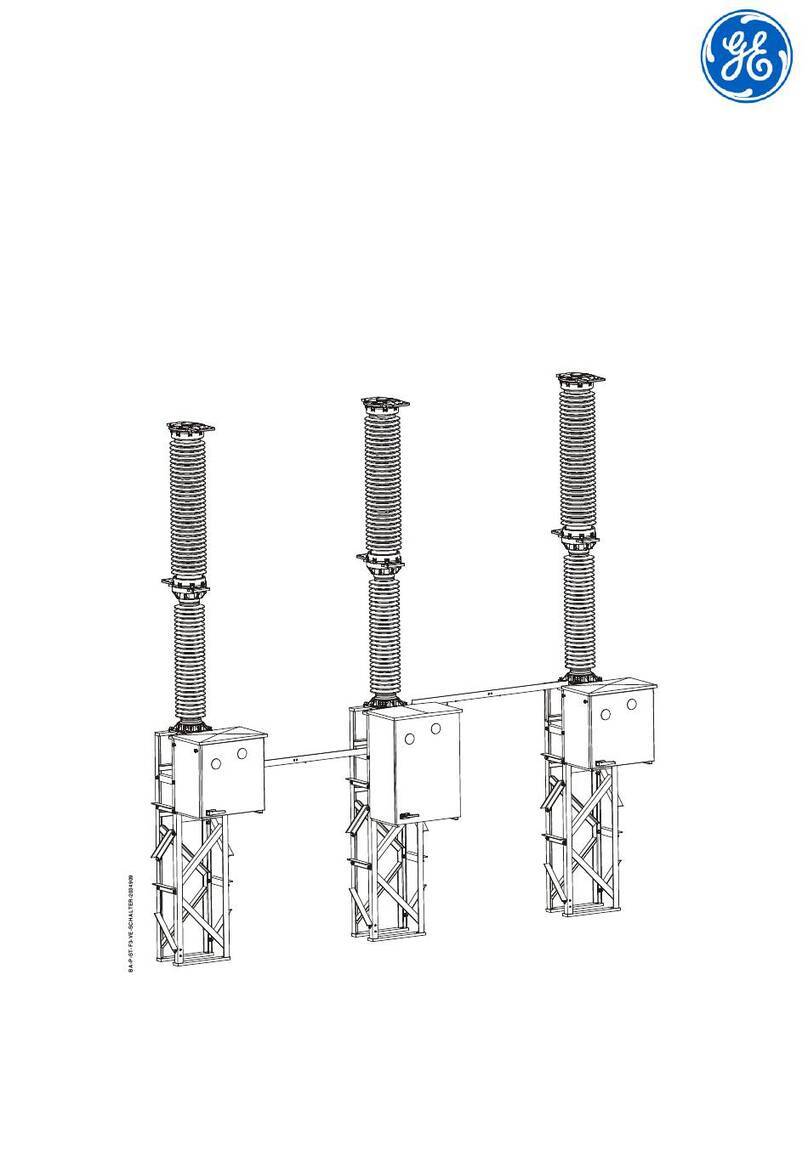
GE
GE GL 311 F3/4031 P/VE User manual

GE
GE A Series Pro-Stock TQD User manual
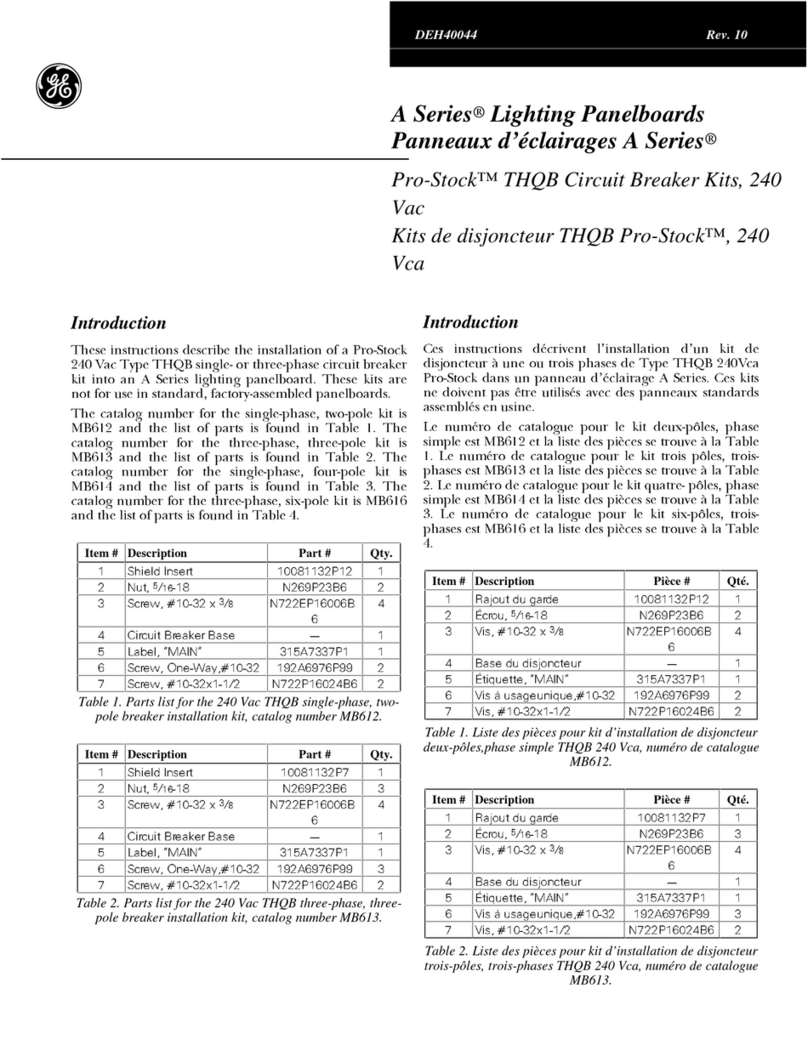
GE
GE A Series Pro-Stock THQB User manual
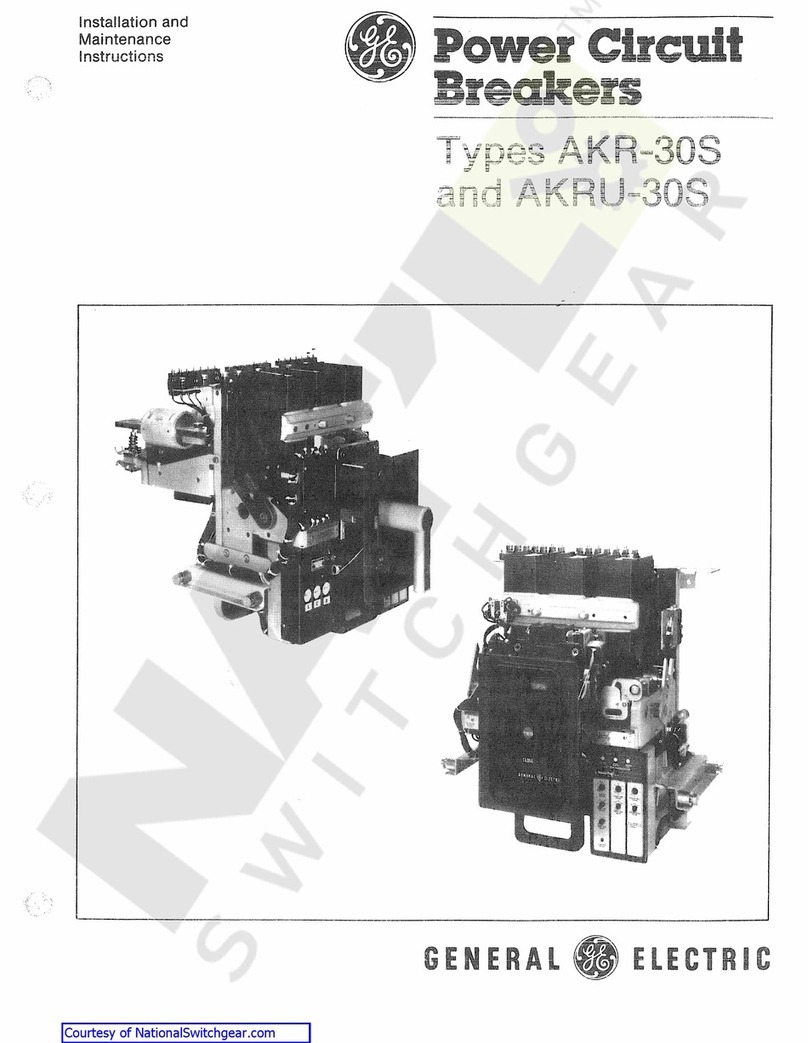
GE
GE AKR-30S User manual
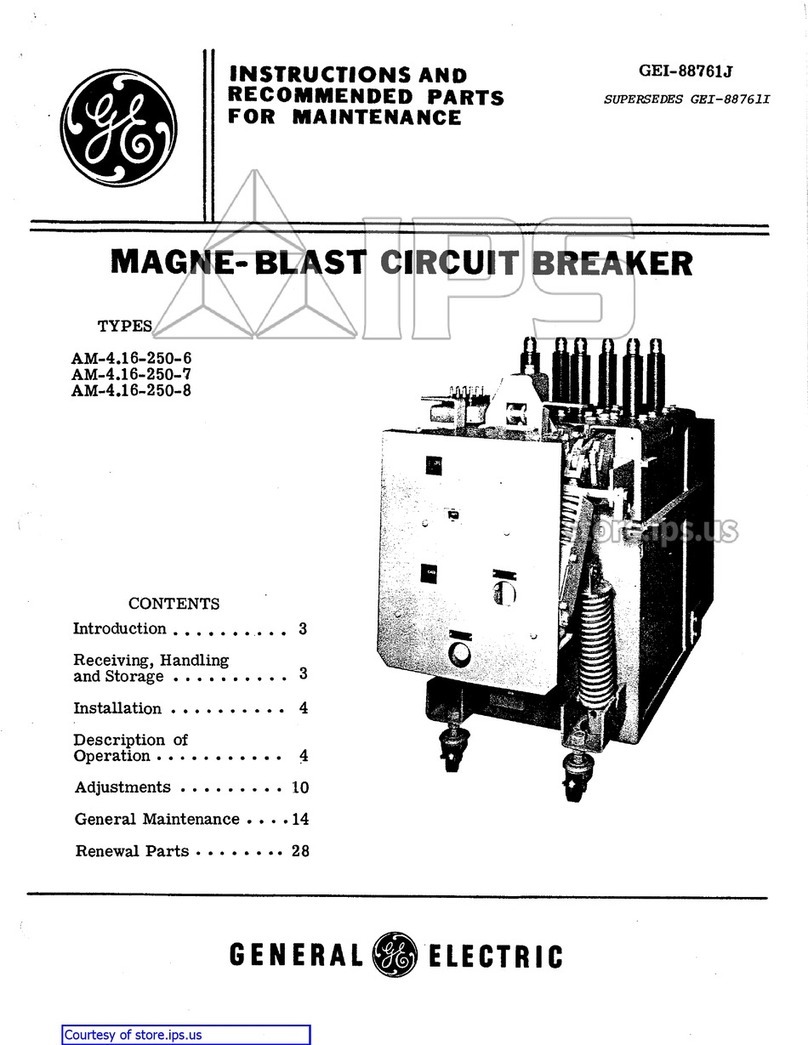
GE
GE AM-4.16-250-6 User manual
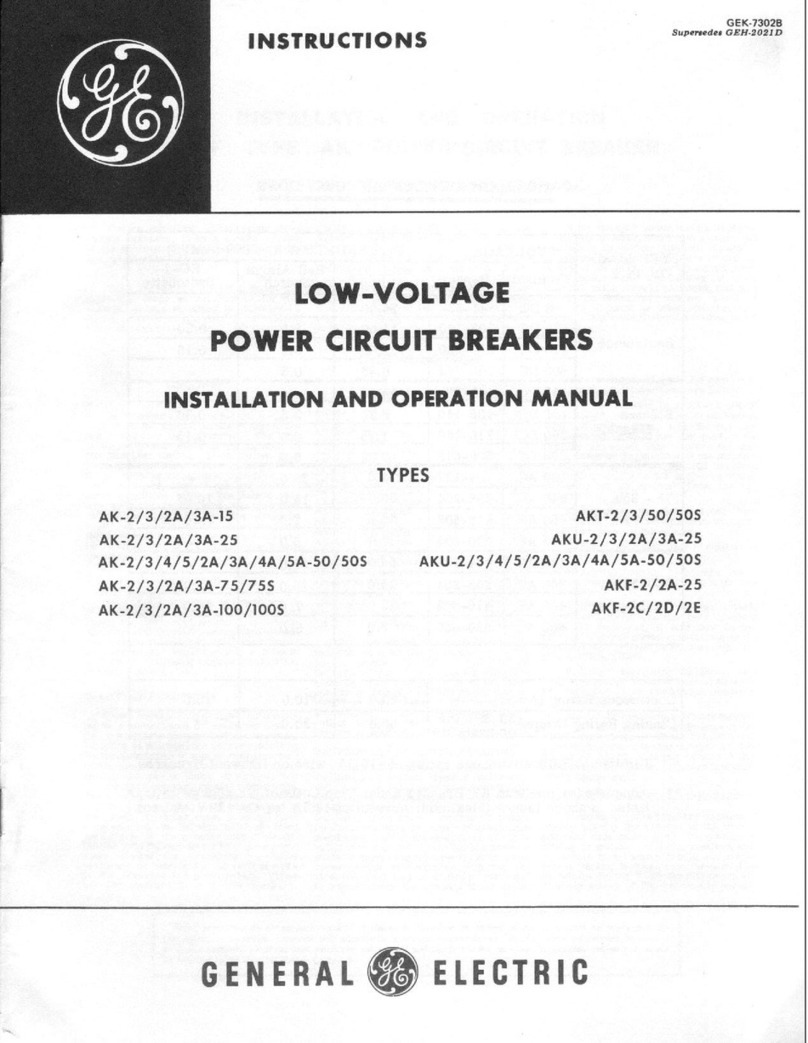
GE
GE AK-2-15 User manual
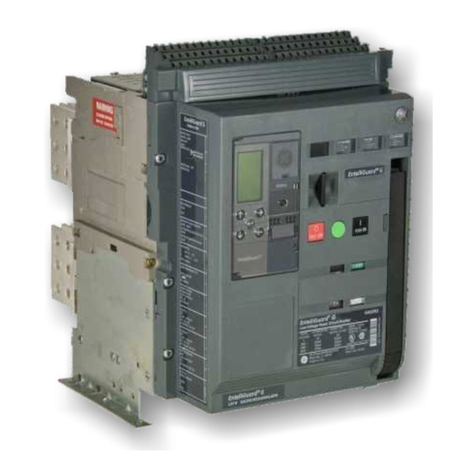
GE
GE EntelliGuard GBKRKR User manual
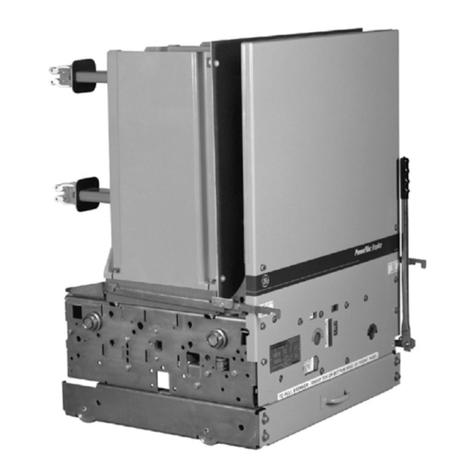
GE
GE PowerVac GEK-86132G User manual

GE
GE SD200SA User manual
Popular Circuit Breaker manuals by other brands

WEG
WEG FHU ACW125 installation instructions

TERASAKI
TERASAKI NHP TemBreak PRO P160 Series installation instructions

Siemens
Siemens Sentron 3VA9157-0PK1 Series operating instructions

hager
hager TS 303 User instruction

ETI
ETI EFI-4B Instructions for mounting

Gladiator
Gladiator GCB150 Installation instruction
